Bloom report: Florida’s mild winter has spring wildflowers popping early
This bloom report is from spring 2019. Spring is the time of year that many of us associate with blooming plants – for good reason.

This bloom report is from spring 2019. Spring is the time of year that many of us associate with blooming plants – for good reason.
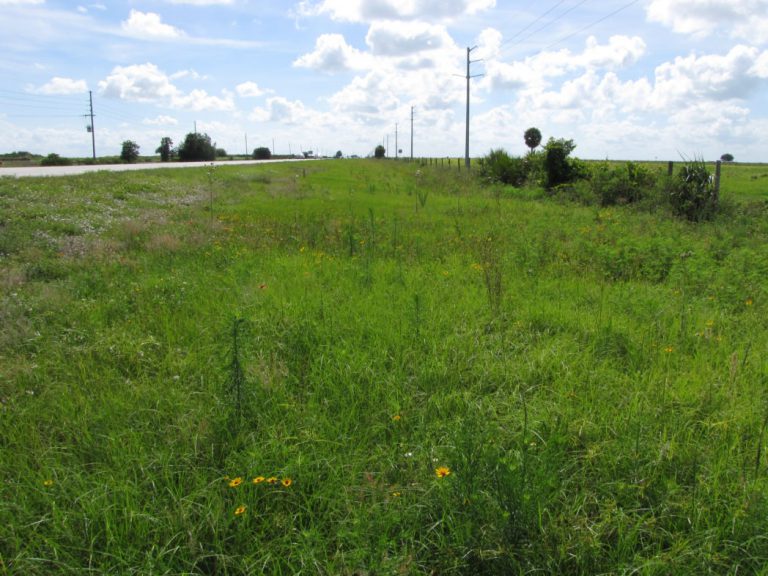
FWF will begin a 4-year study of economical and practical site prep methods to minimize weed competition in wildflower sites planted from seeds.
With interest mounting in using wildflowers in urban landscapes, there is a huge demand for information about Florida’s native plants. “20 Easy-to-Grow Wildflowers” features a selection of 20 “tried and true” species that are easy to grow and maintain.
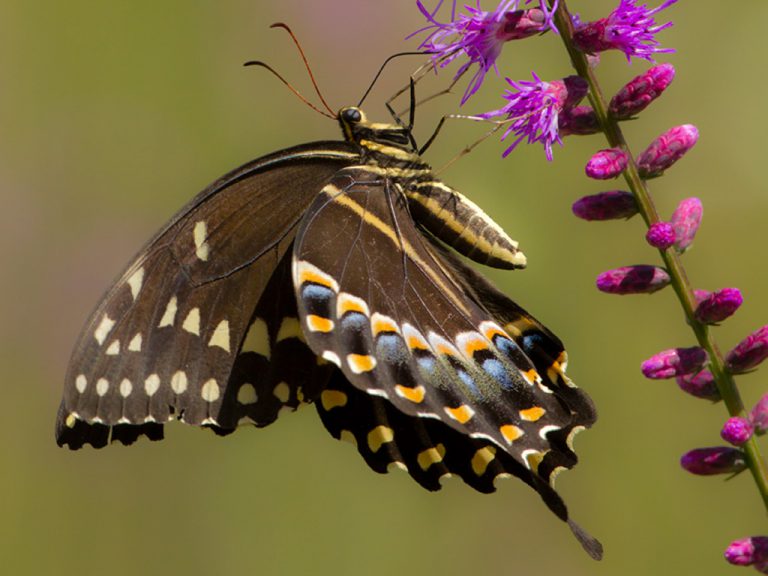
The Florida Wildflower Foundation has received a $17,000 grant from Stanley Smith Horticultural Trust for its project, “20 Easy Wildflowers to Grow Now!” It includes a publication, continuing education courses for horticultural professionals, and live social media events.
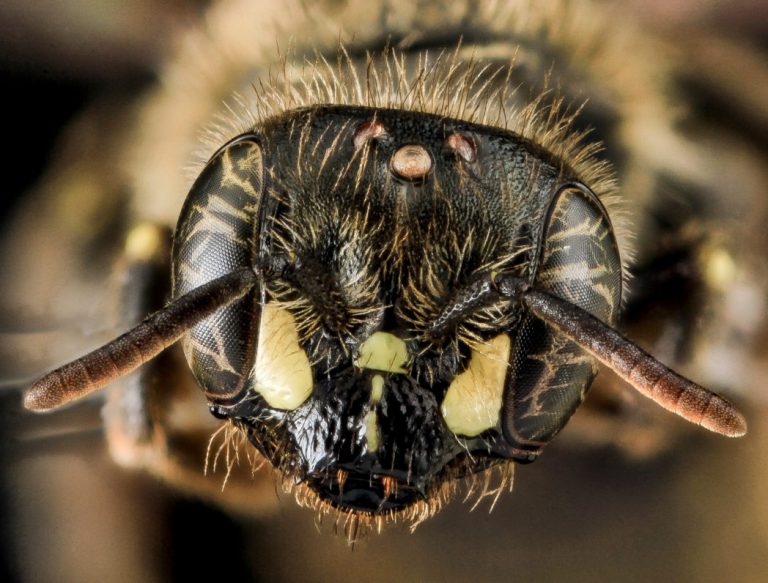
Mining bees (Andrenidae) are a diverse family and some of the first bees to fly come spring. But if you don’t see them in the air, you can usually spot their conspicuous nest entrances on the ground marked by mounds of excavated soil.
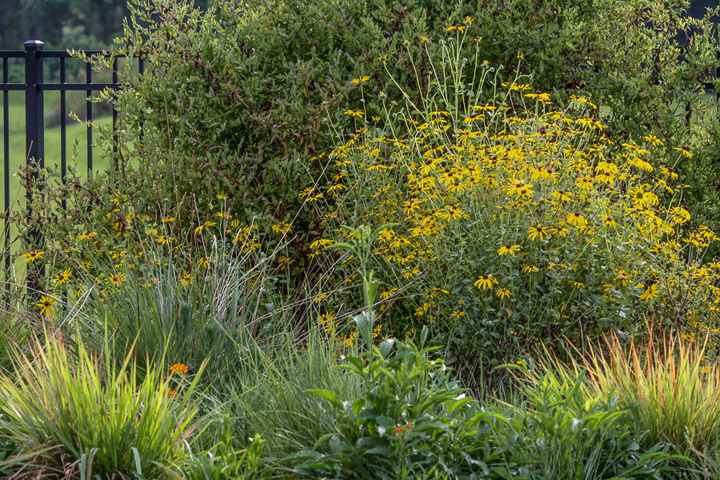
As summer progresses many of our fall-blooming wildflowers become tall and stately, forming backdrops and filling fence rows as they reach peak bloom from September through December. But this is when storms increase, bringing intense waves of wind and rain.
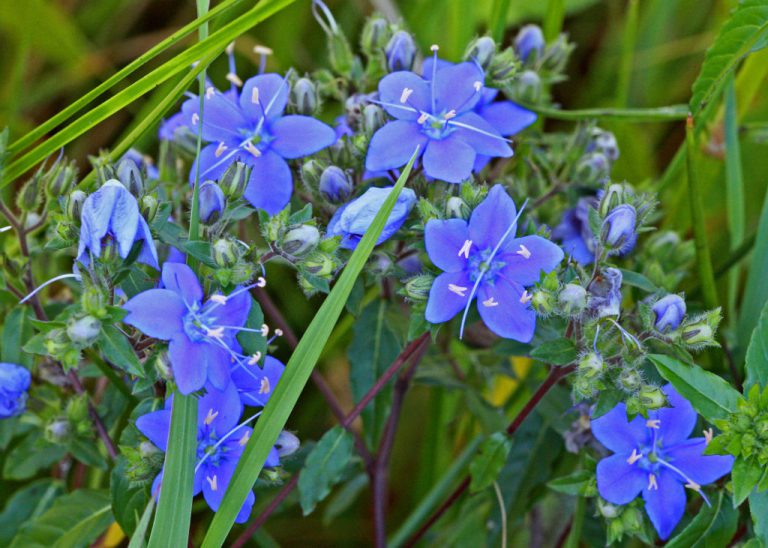
This bloom report covers summer wildflowers to look for in moist and wet areas and at the coast. There are also plenty of summer orchids to look for in South Florida.
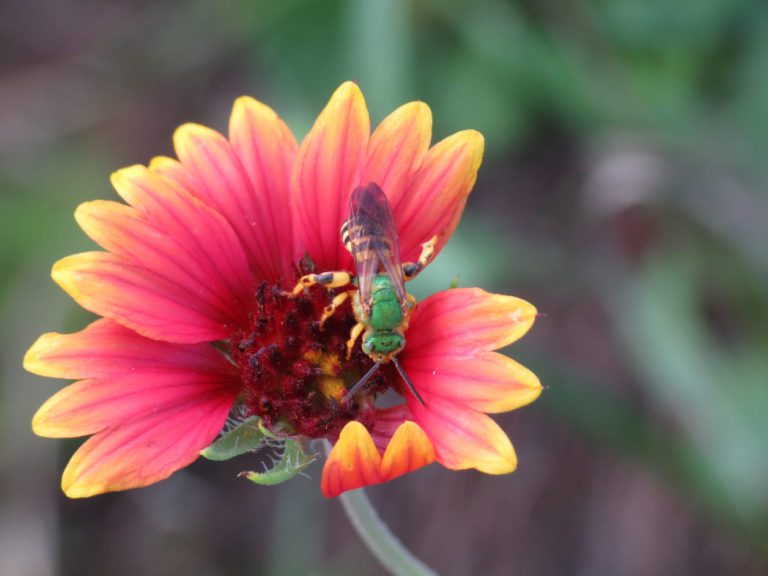
Halictidae, or sweat bees, are an extremely diverse group that are often abundant year round. Some are metallic green, others are smaller than a grain of rice, and nearly all are valuable pollinators.